Strategic Email Marketing
Grow your craft business with a smart, strategic approach to your business newsletter.
Smart, strategic email marketing pros keep an eye on their statistics. They watch their numbers so they know how subscribers respond to different approaches, and adjust accordingly.
One of the things that is fabulous about email marketing is you get immediate feedback about how your potential customers feel about your promotional efforts. Professional email marketing systems will provide you with all of the statistics you need to assess your efforts, so you can work to make improvements based on real data instead of just guessing.
Here are some of the newsletter statistics you can watch and assess:
Weekly Sign Ups - How many people subscribe to your newsletter each week
Open Rate - What percentage of subscribers open and read your email
Unsubscribe Rate - What percentage of subscribers unsubscribe from your newsletter each time you send an email
Click Through Rate - What percentage of people click from your newsletter to your website or online shop
Your newsletter provider will be able to supply the statistics that will give you insight into how you're doing. Let's take a more detailed look at key numbers you can watch.
Weekly Sign Ups
Keep an eye on how many people sign up for your newsletter each week. If you try a new strategy to encourage sign ups, you'll know how effective it is, based on changes to your signup rate.
Open Rate
Notice the percentage of people who open your email. It's lovely to have a huge mailing list, but it won't do you a lot of good is no one if reading your messages. It can also get expensive if you have a large mailing list, but no one is opening your emails. Many email providers increase the price of their services as the size of your mailing list increases, so you want to make the most of your list.
Don't expect everyone to open your emails. You can find average open rates in different industries here to get a sense of what you can reasonably aim for.
I find it particularly informative to watch changes in my open rate when I make a change to my newsletter. For example, when I switched from sending my newsletter every month and started sending it every week, I worried the open rate might drop. It turns out, my open rate has stayed about the same. If it had dropped significantly, I'd need to rethink my newsletter schedule.
Unsubscribe Rate
Be aware of the percentage of people who unsubscribe each time you send an email. Don't be disappointed when you see people unsubscribing. It's natural and to be expected. We all sign up for newsletters only to later decide it's not for us for a variety of reasons.
Actually, because a lot of newsletter providers make you pay based on the size of your email list, you want people to unsubscribe if they are no longer interested in your newsletter. It's better to have a few people unsubscribe after each mail-out than to be paying to send emails to people who will never read your newsletter.
What you should be aware of is any mail-out with a particularly high unsubscribe rate. Like the open rate, I keep a close eye on my unsubscribe rates whenever I change something in my newsletter. Again, when I started sending my newsletter weekly instead of monthly, I was concerned my unsubscribe rate would go up. Receiving newsletters too often is a big reason why people unsubscribe, so I had good reason to be concerned.
It turns out, my unsubscribe rate went down slightly. While I'm just speculating, I believe the more frequent emails are easier for my subscribers to read because they are shorter. Shorter, weekly emails seem to be more convenient for busy solopreneurs than long monthly emails.
Click Through Rate
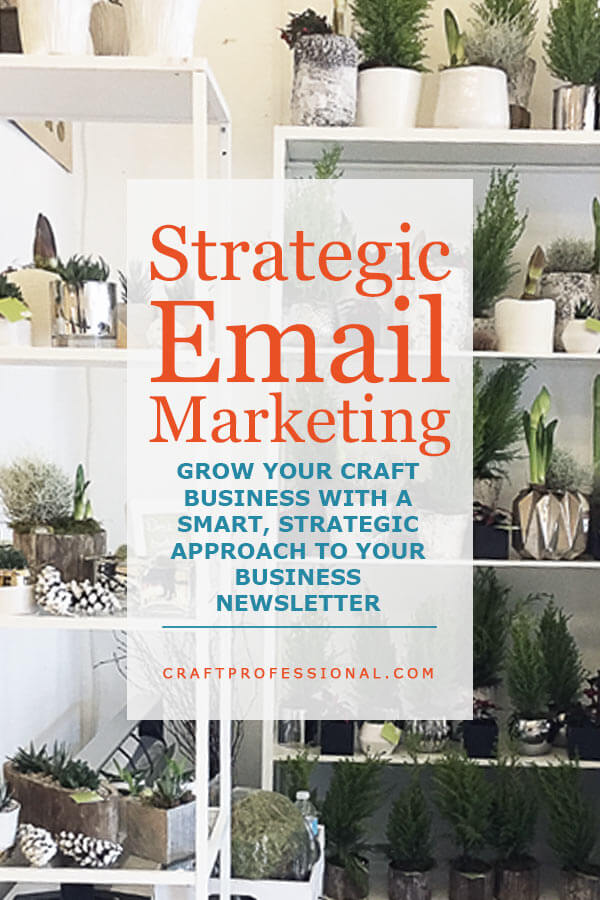
Your click through rate will be important if the goal for your newsletter is to get people to your website or online shop. I typically just compare my website traffic and income on newsletter days vs. non-newsletter days. I could probably drill down to more specific data, but this approach is simple and gives me a quick overview of how my newsletter is doing.
If your goal for your newsletter is an offline goal, for example, you want to encourage customers to visit your booth at an upcoming craft show, that's a bit trickier to track. If the rules of your show allow it, you could provide email subscribers with a coupon for a percentage off their purchase at the show if they show you the coupon.
You'll need to track the number of people who use the coupon, but it will give you a good estimate of the number of subscribers who visited your booth at a show. You'll also be able to identify the customers who are loyal newsletter subscribers and particularly interested in your business.
Strategic Email Marketing With Stats
You don't need to be too concerned with your statistics when you first launch your newsletter. In the early stages, your list will probably be too small to glean much reliable information. However, once you've grown your list, and you've delivered enough newsletters, you can get a sense of your baseline numbers and discover what's typical for your subscribers. Then, you can use those numbers to be more strategic with your email marketing. Your numbers can help guide your choices and tell you how your subscribers truly feel about decisions you make about your newsletter.
Moving Forward
If you'd like to review any other topics in this series on email marketing, check out the links below.

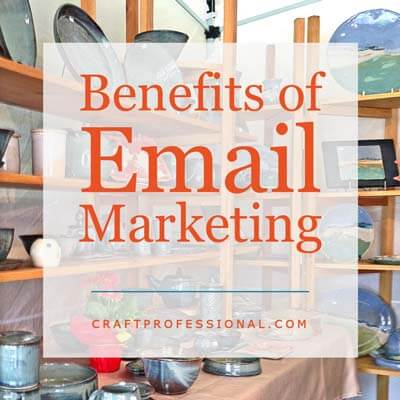
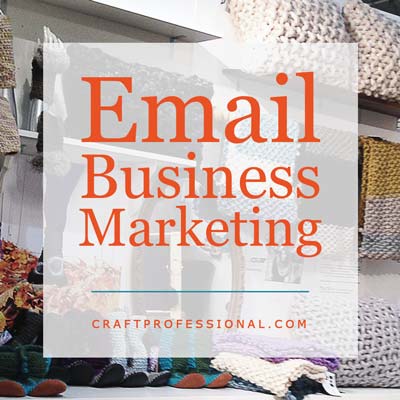

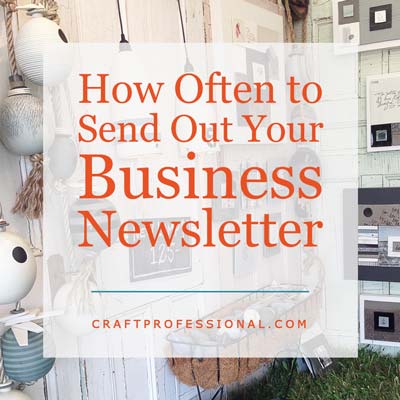
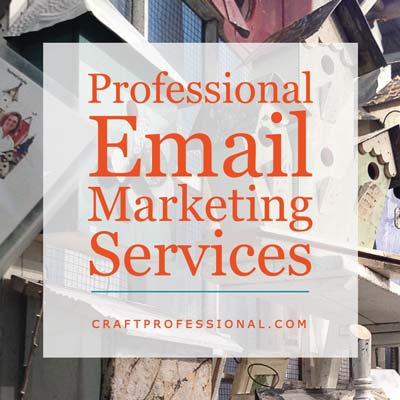
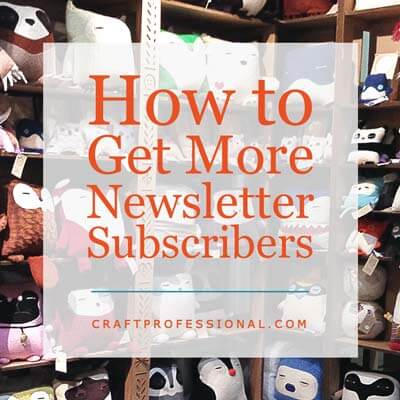

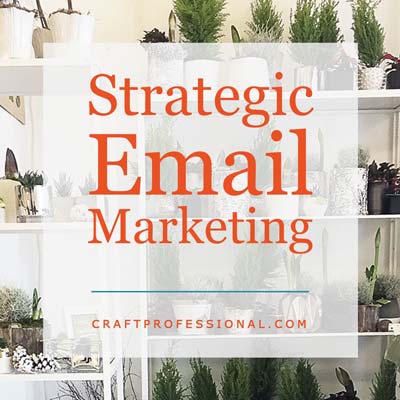


New! Comments
Have your say about what you just read! Leave me a comment in the box below.